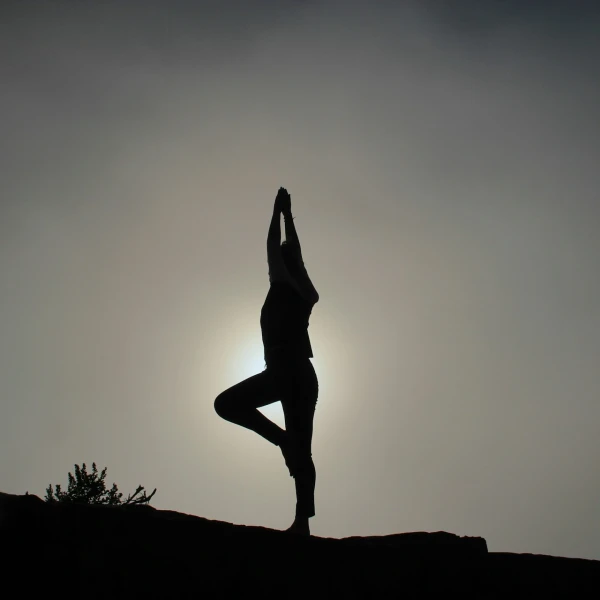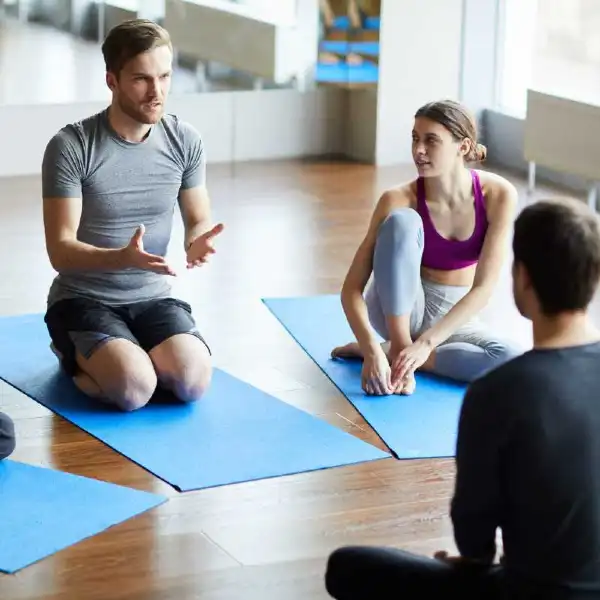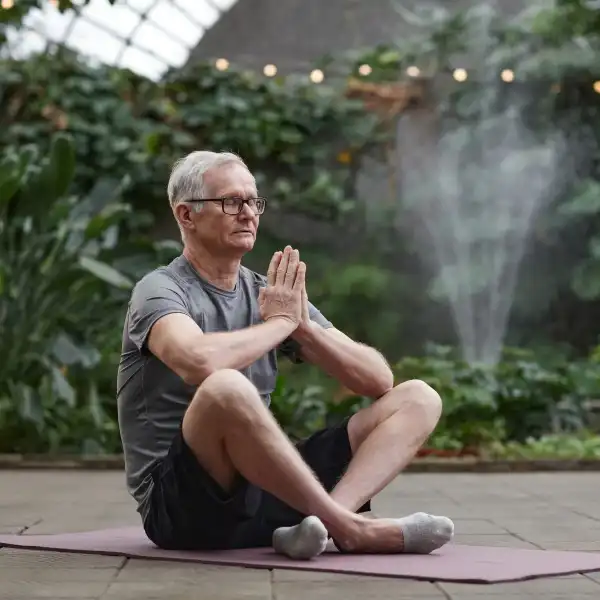Is there such thing as too flexible when it comes to practicing yoga? The experts say “no”! The proper name is Hypermobility Syndrome. Yoga and flexibility certainly go hand in hand, so how do we protect and/or teach those with Hypermobility Syndrome who want to safely practice yoga? Yogis love sharing the fact that yoga is beneficial for anyone, ranging from those with little to no flexibility to those who want to put their flexibilities to good use and benefit their bodies and overall health. Hypermobility Syndrome doesn’t have to hold you back from living the yogi-life; embrace it! Simply keep in mind these following tips from Yogi Approved and you are good to go . Safe practice and proper guidance will help you reap all the benefits yoga has to offer.
1. Maintain integrity in the pose
Always look at your yoga practice within the confines of integrity and finding symmetry in your form. Keep in mind there is no end goal in a yoga pose except to be aligned, symmetrical, present and breathing fully.
2. Remain gentle and self-aware
Find your edge in the pose and then back off about 5-10%. Not only will this keep you safe, but you will remain present and aware. One of the beautiful things about the physical yoga practice is while you are training the body, you are also training the mind and your ability to concentrate. As you move into life outside of the practice, you will immediately be able to handle all of life with greater ease. You will become stronger mentally but also be able to move through difficulty with understanding.
3. Get back to the basics
Ideally, the hypermobile student should keep poses less complicated in order to concentrate on good alignment. When a yogi is hyper-flexible, it can be challenging to maintain good form. Adding variations, depth, and difficulty to a pose only increases the challenge of maintaining proper, safe form. You can read even more tips for hypermobility “here.”
Yoga and folks with a lack of flexibility
And now for a quick glimpse to the other spectrum. Flexibility doesn’t come naturally for all. What we do know is that yoga can be for everyone, with proper and safe practice. For those beginners who fret they aren’t flexible enough, these tips from Prevention magazine will help you overcome and go for it:
Back Protection
Keep knees slightly bent, and hinge from the hips when bending forward from standing positions. When arching backward in any pose, concentrate on opening the front of the body by lengthening from the navel to the sternum. Don’t overarch the lower back, which compresses lumbar disks.
Knee-savers
Don’t lock your knees in standing postures, despite what a teacher may say. If you feel any strain during sitting or kneeling yoga poses, place a cushion or folded blanket under your bottom.
Neck Care
Always keep your neck in alignment with the rest of your spine when arching backward. Don’t let it flop back or down.
Your Limits
Get to know your body and its injury-prone zones. Back off from any movement that causes pain or cramping. Don’t compare yourself with others.
Hands On or Off
Many teachers assist students during classes. In general, a light touch that brings your awareness to an area and allows you to make your own adjustments is safest. Teachers who adjust you by moving your body for you or forcing you into yoga poses may cause injuries. Just say no!”Whether you believe you’re too flexible or not flexible enough, there is nothing that should hold you back from pursuing a yoga practice.





